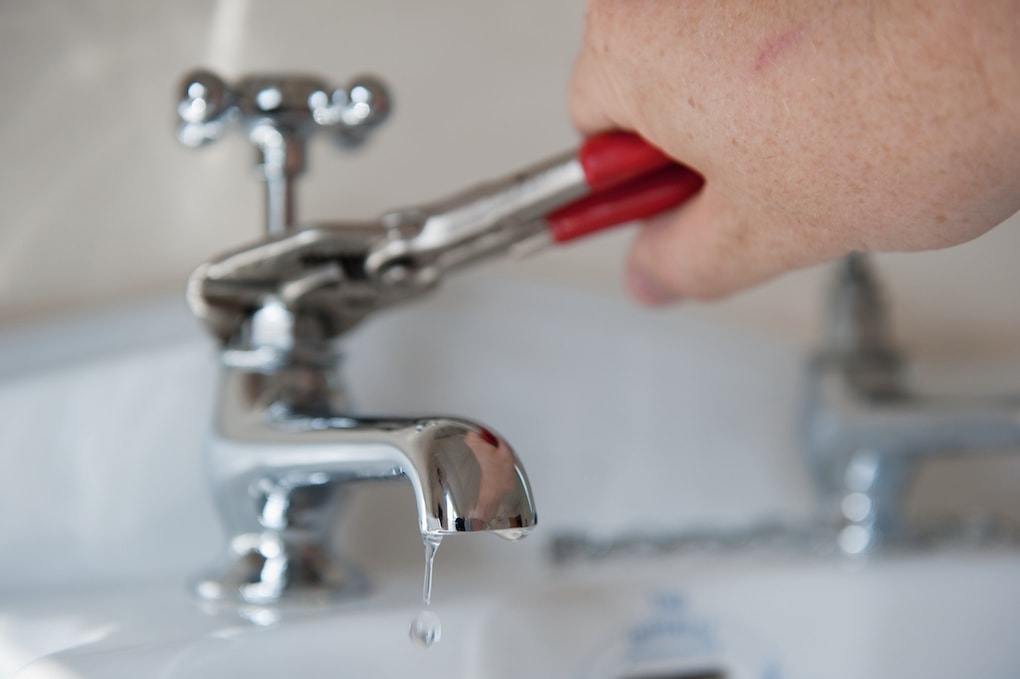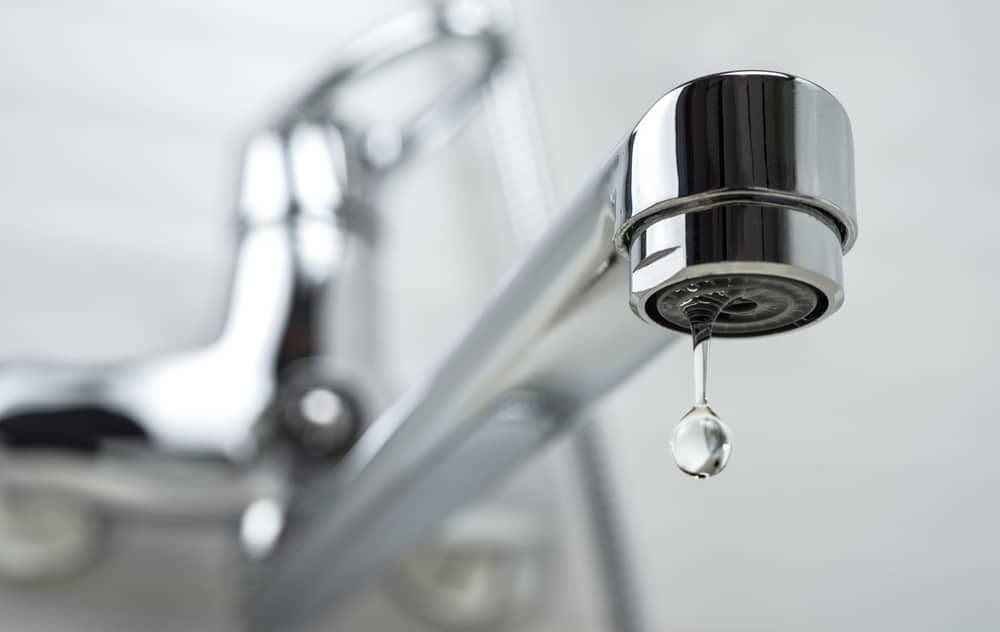Your In-Depth Handbook to Managing Low Water Pressure in Your Home
Your In-Depth Handbook to Managing Low Water Pressure in Your Home
Blog Article
This great article further down relating to Dealing with Low Water Pressure in Your Home is amazingly intriguing. Read it for yourself and see what you think of it.

Low water pressure in your house can be an irritating issue, influencing everything from showering to cleaning meals. If you're experiencing weak water circulation, there are a number of possible reasons and solutions to explore. In this overview, we'll discuss usual reasons for low tide pressure and practical steps to resolve the issue efficiently.
Intro to Low Water Pressure
Low water pressure occurs when the circulation of water from your taps, showers, and other fixtures is weak than usual. This can make everyday tasks much more difficult and less effective. Recognizing the sources of low water stress is important to discovering the ideal option.
Typical Causes of Low Water Pressure
Faulty Stress Regulators
Pressure regulators are responsible for preserving regular water stress in your house. If they malfunction, it can lead to low water stress or uneven circulation throughout the house.
Community Supply Of Water Issues
Sometimes, the problem lies outside your home. Community water concerns, such as main line leakages or upkeep work, can temporarily lower water pressure in your location.
Pipe Obstructions
Gradually, pipes can end up being obstructed with mineral deposits, sediment, or debris, limiting the flow of water. This is a typical problem in older homes with galvanized steel pipes.
Rust
Deterioration within pipelines can result in leakages and decreased water stress. Rust buildup can restrict water circulation, specifically in maturing plumbing systems.
Exactly How to Diagnose Low Tide Stress
Evaluating Pipelines
Evaluate noticeable pipelines for indicators of leaks, deterioration, or clogs. Take notice of any unusual sounds, such as banging or rattling pipes, which might show problems within the plumbing system.
Consulting with a Plumber
If you're unable to identify the cause of low water pressure, consider hiring a professional plumber to conduct a comprehensive examination. They can determine underlying problems and advise proper services.
Inspecting Taps and Fixtures
Beginning by testing the water stress at different faucets and fixtures throughout your home. If the concern is separated to details locations, it may indicate localized issues.
Do It Yourself Solutions to Repair Low Tide Stress
Flushing Water Heater
Sediment buildup in the water heater can limit flow and decrease effectiveness. Flushing the container regularly helps get rid of sediment and keep optimum performance.
Examining Pressure Regulator
Ensure that the stress regulatory authority is functioning appropriately. Readjusting or changing the regulator can help restore correct water pressure throughout your home.
Cleaning Aerators and Showerheads
Mineral deposits can collect in aerators and showerheads, decreasing water circulation. Remove and clean up these components on a regular basis to boost water pressure.
Clearing Clogs in Piping
For small blockages, attempt using a plumbing serpent or chemical drain cleaner to clear blockages in pipelines. Beware when making use of chemicals and follow safety standards.
When to Call a Professional Plumber
If DIY efforts fall short to settle the concern or if you believe substantial plumbing problems, it's best to look for assistance from a certified plumber. They have the experience and devices to address complex problems securely and effectively.
Safety Nets to Preserve Water Pressure
Installing a Stress Booster
Take into consideration mounting a pressure booster pump to improve water pressure in areas with constantly reduced flow. This can be especially helpful for multi-story homes or properties with high-demand components.
Monitoring Water Usage
Bear in mind water usage habits and prevent ill-using the plumbing system. Straightforward modifications, such as shocking showers and laundry lots, can aid keep adequate water pressure.
Normal Upkeep
Schedule routine upkeep for your plumbing system to avoid issues such as corrosion, leaks, and obstructions. Attending to minor problems early can assist stay clear of even more significant repairs later on.
Final thought
Taking care of low water stress can be discouraging, however determining the underlying reasons and applying appropriate services can restore optimum flow throughout your home. Whether it's cleaning aerators, examining pipes, or consulting with a plumber, taking positive steps can make sure a constant supply of water for your day-to-day requirements.
HOW TO FIX LOW WATER PRESSURE IN YOUR HOUSE (EXPERT GUIDE)
The morning shower lacking any real pressure? Bathtub taking hours to fill? Or maybe you’re dissatisfied with the inadequate performance from your combi boiler?
Then you, like millions of others across the UK, might be experiencing low water pressure.
Fortunately, the good news is that you don’t have to continue living this way. The cause of low water pressure in the home is often quite simple, and you may not even require a plumber to fix the problem.
What causes low water pressure in the house?
If you are experiencing issues with water pressure throughout your home, then you may have one of the problems outlined below.
Most of these problems can be fixed quite easily, but for others, you may need to contact a plumber.
Obstructed Shutoff Valve
If you’ve just bought a new home or recently had building work conducted on your property, there is a chance that your water valves were not fully opened.
If the water valve is partially closed, then you may be restricting the amount of water entering your home. To fix this, simply ensure the valve is fully open.
If the valve appears fully open but you are still encountering reduced water pressure, then the valve may be broken. If this is the case, do not under any circumstances try to fix it without proper training.
Often found under your kitchen sink, a water valve will usually look like a bright yellow handle.
Again, if you believe the water valve is broken, contact a plumber immediately.
Leaks in Your Water Pipes
Leaks are the worst-case scenario when it comes to low water pressure.
If the water pipes are damaged, then this will cause low water pressure, as not all the water will make it to your taps.
After you’ve checked to see if the valve is fully open, you can conduct a leak check of your home. Now, this may seem scary, but it is actually quite simple.
Clogged Water Pipes
Clogged water pipes are one of the most common causes of low water pressure.
These clogs usually build-up when your home is supplied water via iron pipes. Iron is particularly vulnerable to rusting which can then break off and cause an obstruction within your system. You also face the problem of things like dirt, gravel or sand entering creating mineral deposits which further block water flowing from the mains water supply.
Unfortunately, if you suspect that clogged pipes may be restricting your water supply, then you will need to contact a plumber.
In this situation, you will either need to have your pipes removed and cleaned or in more severe cases, you could require a new set of water pipes.
Designer Taps
Designer taps look fantastic, but are they built to be efficient in your plumbing system? Modern taps are built for modern homes and they often have lower flow rates that are specifically designed for use within high-pressure systems.
Install a Water Pressure Booster Pump
If the issue is simply that the mains water pressure supply is too low, the simplest fix is to invest in a booster pump. Found in homes of all shapes and sizes, booster pumps are a relatively cheap option to add extra pressure to your home.
Designed to increase water pressure by passing water into the pump from your mains supply and then ejecting it into your home water system at a higher pressure, a booster pump is a truly simple and effective solution to increasing water pressure.
https://www.anchorpumps.com/blog/the-plumbers-guide-to-fixing-low-water-pressure/

I'm certainly very involved in Dealing with Low Water Pressure in Your Home and I hope you appreciated the new blog posting. Appreciated our entry? Please share it. Help other people check it out. We cherish your readership.
Request A Quote Report this page